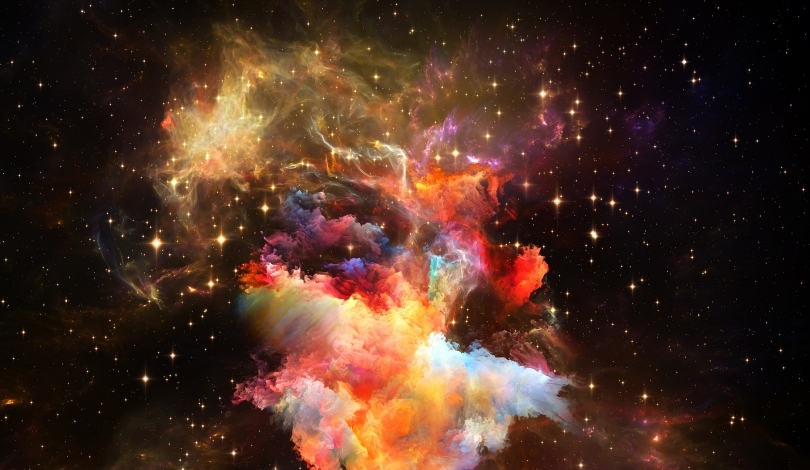Recent findings from the Satellites Around Galactic Analogs (SAGA) Survey provide new perspectives on the Milky Way by examining 101 similar galaxies. This comprehensive study leverages advanced telescopes to analyze various properties of these galaxies, offering a comparative understanding that highlights unique aspects of our own galaxy. The research delves into the stellar populations, gas dynamics, and satellite systems, shedding light on how the Milky Way stands out among its peers.
Previous studies have primarily focused on the Milky Way as a benchmark for galactic formation and evolution. While extensive data has been gathered using surveys like the Sloan Digital Sky Survey (SDSS) and ESA’s Gaia mission, the SAGA Survey’s third data release expands this knowledge by providing detailed comparisons with a larger sample of similar galaxies. This broader approach allows astronomers to identify patterns and anomalies that were previously unnoticed when studying the Milky Way in isolation.
How Does the Milky Way Compare to Its Stellar Peers?
The SAGA Survey revealed that the Milky Way has fewer satellite galaxies compared to the average of the 101 galaxies studied. While some galaxies host up to 13 satellites, the Milky Way has only four known, including the Large and Small Magellanic Clouds.
“The Milky Way is an outlier in this regard, which is one reason it’s atypical,”
explained Risa Wechsler, co-founder of the SAGA Survey. This discrepancy suggests that the Milky Way may not be representative of typical galaxy systems.
What Do Satellite Galaxies Reveal About Dark Matter?
Satellite galaxies play a crucial role in understanding dark matter haloes. The SAGA Survey found that the presence and characteristics of these satellites are influenced by the underlying dark matter distribution.
“To me, the frontier is figuring out what dark matter is doing on scales smaller than the Milky Way,”
Wechsler stated, highlighting the importance of studying these smaller systems to gain insights into dark matter’s behavior and its impact on galaxy formation.
How Do Star Formation Rates Vary Among Similar Galaxies?
The research indicated that star formation rates (SFR) in satellite galaxies decrease as they get closer to their host galaxies. This trend suggests that the gravitational effects of the host’s dark matter halo may suppress star formation in nearby satellites. In contrast, the Milky Way’s satellites, aside from the Magellanic Clouds, show limited star-forming activity, presenting a puzzling difference compared to other systems studied.
The SAGA Survey’s comparison with previous models demonstrated that the Milky Way’s satellite system does not align with the typical patterns observed in the sample. The third data release included 378 satellites, offering a robust dataset for testing galaxy formation theories. The findings emphasize the necessity of considering a wide range of galaxy systems to develop more accurate models.
Further research is essential to understand the unique characteristics of the Milky Way. Future spectroscopic surveys will provide more detailed observations of satellite galaxies, helping to clarify the role of dark matter and internal feedback processes in galaxy evolution. These studies will enhance our comprehension of how typical or atypical our galaxy truly is within the broader cosmic landscape.
The implications of this research extend beyond the Milky Way, offering valuable insights into the formation and behavior of galaxies across the universe. By expanding the scope of comparative studies, astronomers can better identify the factors that make a galaxy like ours unique, ultimately contributing to a more comprehensive understanding of cosmic structures.
This study highlights the importance of large-scale surveys in advancing our knowledge of galaxy formation and evolution. By comparing the Milky Way with a diverse sample of similar galaxies, researchers can identify both commonalities and differences that inform broader astronomical theories. The SAGA Survey continues to be a pivotal resource in this ongoing quest to map and understand the complexities of our universe.










